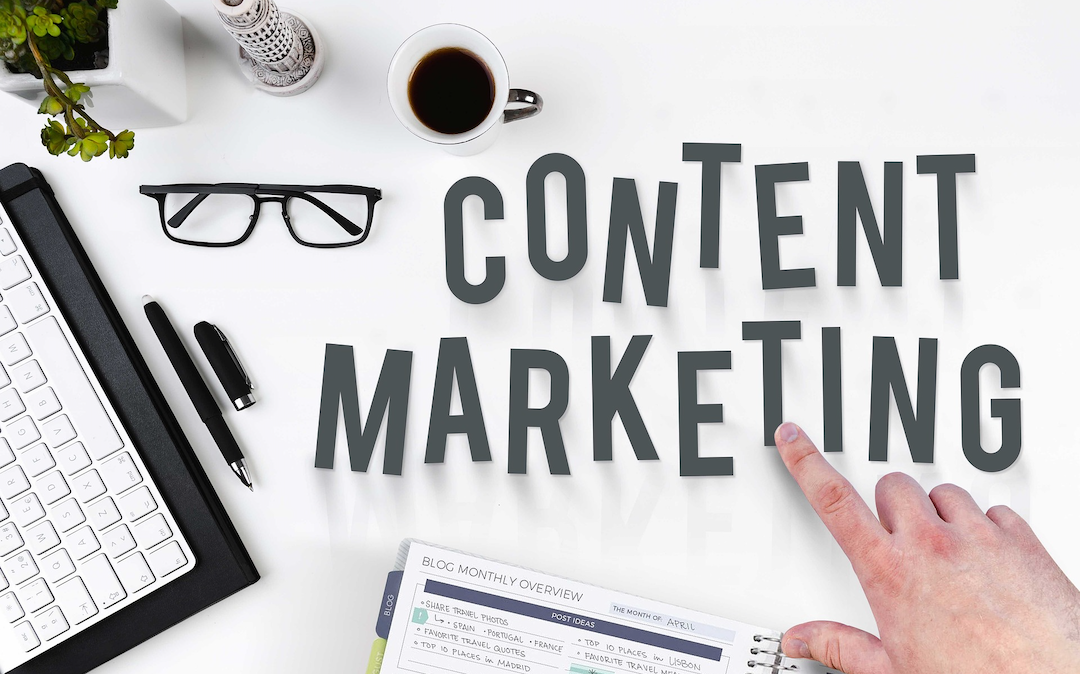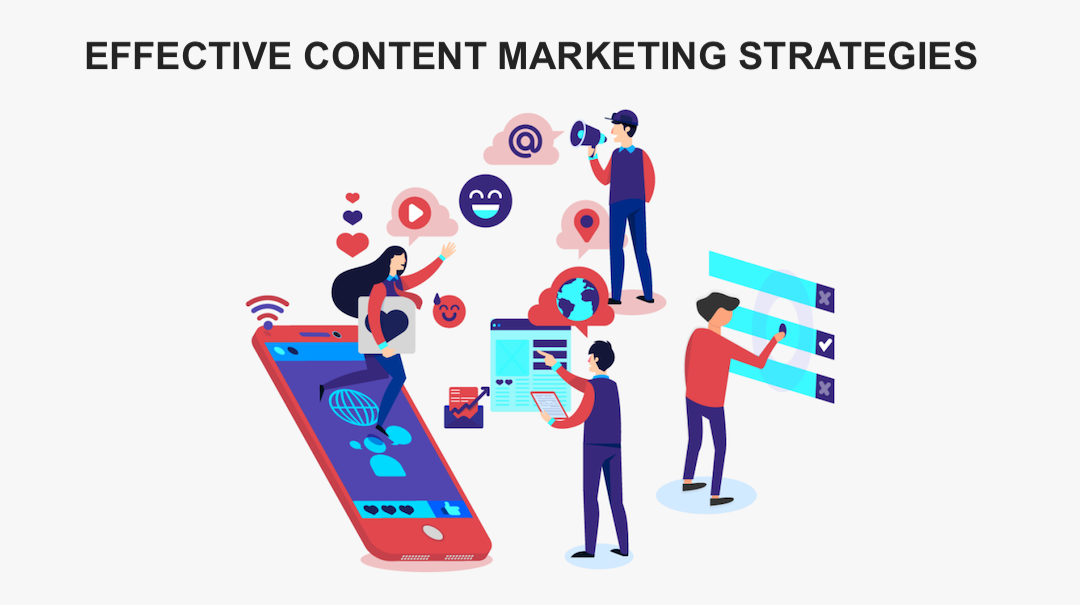
Artificial intelligence, and specifically generative AI, is revolutionizing how businesses create and optimize content. Tools like Addlly AI are pioneering a new way of developing marketing materials using a zero-prompt approach that promises to make the content process more efficient and effective.
Traditional AI content solutions require lengthy prompts containing topics, keywords, and other parameters before generating a response. While these tools have proven useful, they come with notable drawbacks. Providing extensive prompts is time-consuming and limits the AI's ability to incorporate real-time data and trends into the content. It also makes customizing tonality and ensuring brand alignment challenging.
Zero-prompt AI solves these issues by allowing generative models to tap into external data sources and more subtly understand the brand and intended audience. With minimal input, the AI can craft meaningful, on-strategy content reflective of the latest trends. This new paradigm of AI-generated materials will completely change how companies approach content marketing.
The Drawbacks of Prompt-Based AI Content Creation
While earlier AI content tools have proven useful to an extent, prompt-based systems come with notable downsides that limit their effectiveness:
- Time intensive prompts: Providing prompts containing full details on topics, targeted keywords, word counts, and other parameters demands considerable time from marketers. The more expansive the prompt, the longer it takes to compile.
- Inflexible output: Once prompts are set, the AI can only generate within those predefined boundaries rather than incorporating real-time changes or trends. Prompts also make customizing brand tone and strategy more difficult.
- Outdated findings: Information gleaned from static prompts becomes stale and less engaging over time as topics evolve. The AI lacks a way to continuously reference fresher sources.
- Limited customization: Prompts focus more on technical SEO elements than nuanced communication of brand essence. The AI fails to independently develop mastery of an organization's voice and values without human transcription of these intangible aspects.
- Shortform bias: Lengthy prompts quickly become unwieldy, restricting AI to more concise pieces unable to fully explore topics or achieve thought leadership.
- Fragmented workflow: Prompt engineering interrupts natural creative flow and causes content efforts to feel disjointed between marketers and AI. A more streamlined dynamic is needed.
These limitations prevent prompt-based systems from becoming a true strategic partner and reflective of an always-changing marketing environment. While useful to a point, their role will diminish as zero-prompt solutions surpass them.
The Advantages of Zero-Prompt AI Content Marketing
- Minimal User Input Required: With zero-prompt systems, marketers don't need to take the time to develop lengthy, detailed prompts specifying everything the AI needs to know to generate a response. With traditional prompt-based systems, this upfront time investment can be significant. Zero-prompt tools like AI 1-Click Blog Writer require only minimal input from the user, like a single word or short phrase to get started. This drastically reduces the time and effort required on the user's part.
- Freedom for AI Creativity and Initiative: By not constraining the AI to a rigid prompt, zero-prompt systems allow the AI to take more initiative and be more creative in how it develops content. The AI can autonomously research additional context, incorporate real-time trends and data, and suggest its own ideas related to the initial user input. This leads to content that is often more thoughtful, well-rounded, and reflective of the latest information.
- Deeper Understanding of Brand and Audience: Without relying solely on a written prompt, zero-prompt AI is better able to analyze related pieces like existing content, social profiles, website copy, etc. to develop a richer understanding of the brand's voice and messaging as well as the target audience. This contextual knowledge enables the AI to generate custom content that authentically reflects the brand and will resonate better with target readers.
By removing the constraint of prompts, zero-prompt AI is able to tap into deeper contextual understanding and deliver content that is more creative, customized, timely, and aligned with real-world objectives - all through an exceptionally efficient workflow.
The Future of Marketing Hinges on Zero-Prompt AI
Over the next decade, AI will reshape the content marketing industry by replacing human-AI workflows centered around prompts. Zero-prompt paradigms liberate both parties to reach heights beyond individual capabilities. As Addlly and peers lead adoption, expect the following evolutions:
- Demand outstrips supply: The productivity windfalls and engagement gains will spark exponential demand that challenges AI suppliers and requires recruiting vast model training data.
- Democratization: Simpler zero-prompt APIs and no-code tools bring previously out-of-reach AI content tech to SMBs and independent professionals for scale without headcounts.
- Thought leadership dominance: Organizations maximizing AI for research-powered long-form content see SEO and brand authority rise far above industry peers stuck with short-lived prompts.
- Personalization proliferation: AI fine-tunes understanding of micro-personas to infuse custom messages tailoring education and calls-to-action for each reader profiles across channels.
- Strategic refactors: Continuous learning AI adapts strategies aligning tighter with goals based on optimizations observed from the newest generation of customers.
- Creative director AI: Advancements flow both ways as AI also suggests innovative content types, design techniques, and marketing experiments for humans to trial accelerating innovation.
Conclusion
As long as implemented safely and for the benefit of users, zero-prompt AI ushers the marketing industry into a new age. Those embracing these workflow-streamlining, output-multiplying assistants will surge ahead, with a distributed future of man and machine co-creating without limits. The potential of AI has only started to unfold.
Related Posts
Share this post
Leave a comment
All comments are moderated. Spammy and bot submitted comments are deleted. Please submit the comments that are helpful to others, and we'll approve your comments. A comment that includes outbound link will only be approved if the content is relevant to the topic, and has some value to our readers.




Comments (0)
No comment